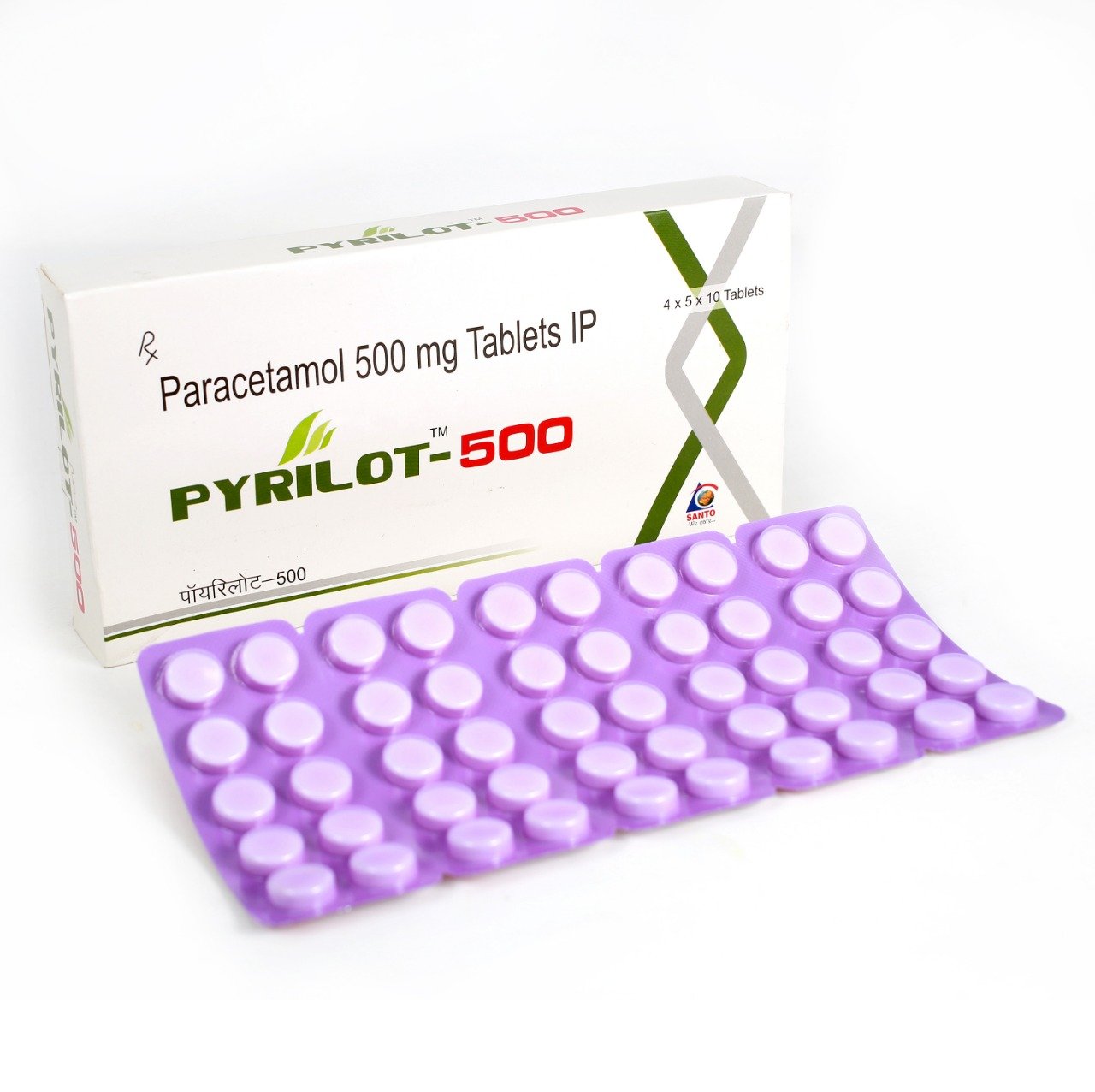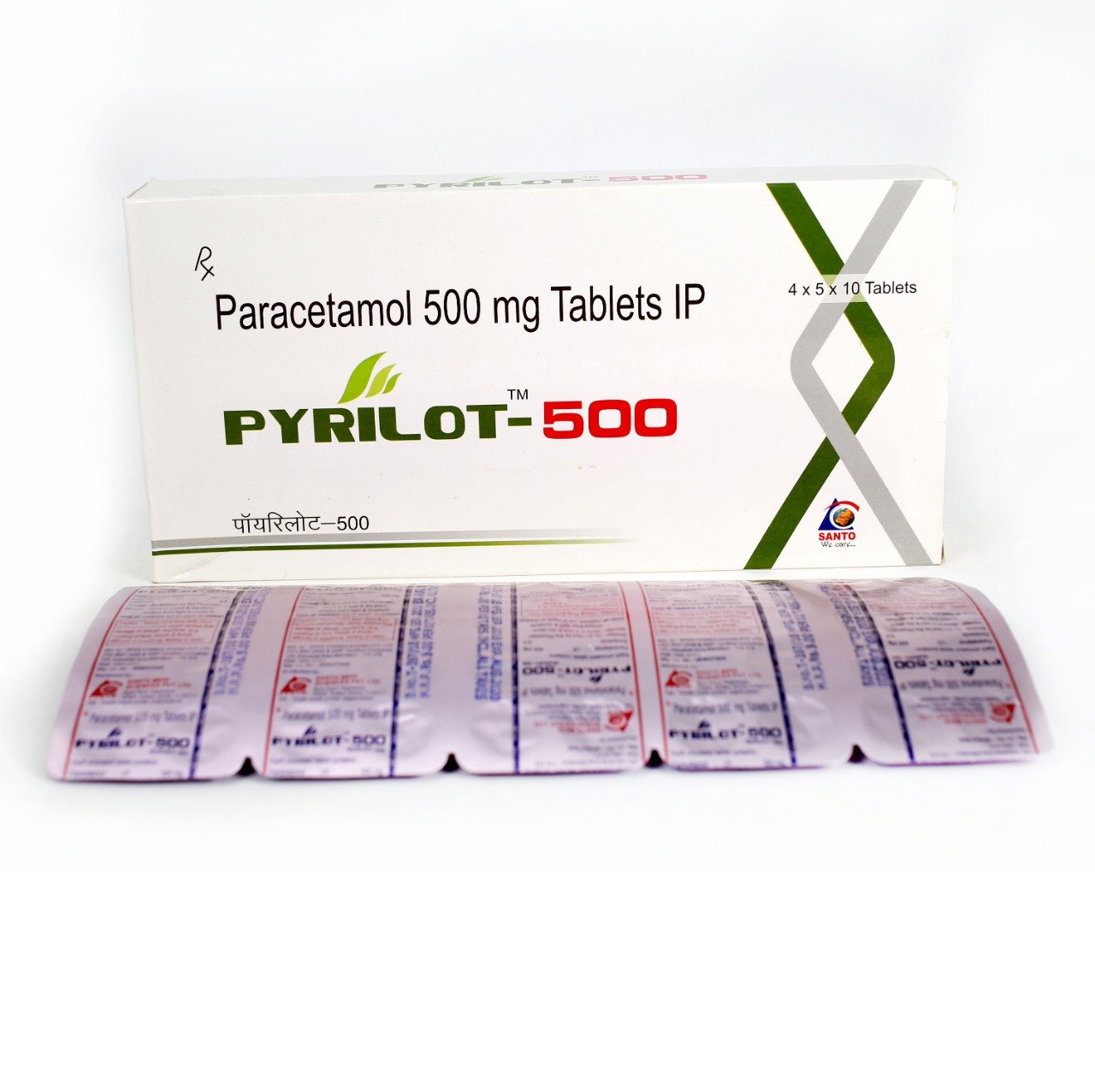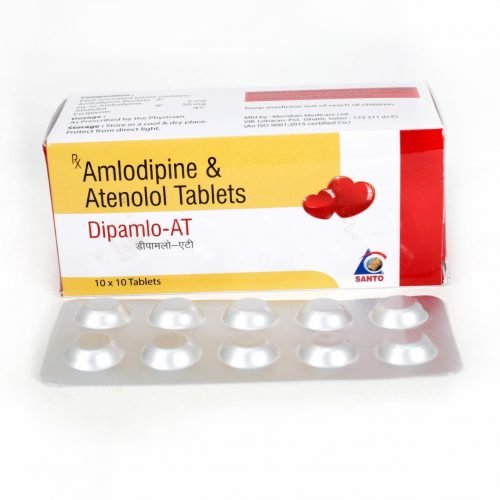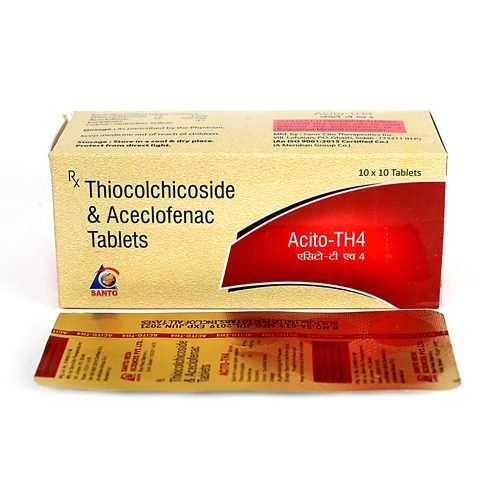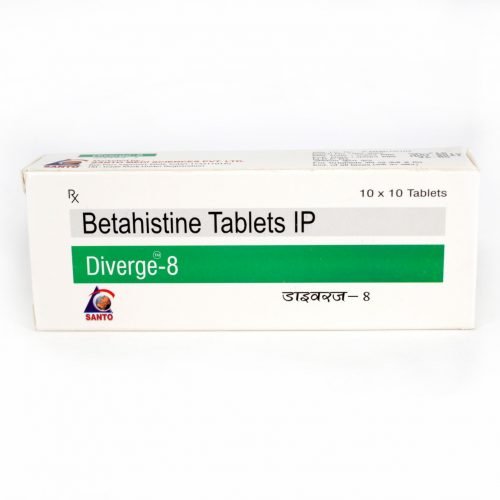- 01792-220191, 09839141955, 06390845955
- SCO No. 2 & 3, Block-B;Office No.-249A; 2nd Floor, Motia Plaza Baddi-173205; Distt. Solan (H.P.)

PROZE -D
September 19, 2019
PYRILOT-650
September 19, 2019PYRILOT-500
| Brad Name | Pyrilot-500 |
| Composition | Paracetamol 500 MG Tablets |
What is paracetamol
Paracetamol (acetaminophen) is a pain reliever and a fever reducer. The exact mechanism of action of is not known.Paracetamol is used to treat many conditions such as headache, muscle aches, arthritis, backache, toothaches, colds, and fevers. It relieves pain in mild arthritis but has no effect on the underlying inflammation and swelling of the joint.Paracetamol may also be used for other purposes not listed in this medication guide.
Important information
There are many brands and forms of paracetamol available and not all brands are listed on this leaflet.
Do not use more of this medication than is recommended. An overdose of paracetamol can cause serious harm. The maximum amount of paracetamol for adults is 1 gram (1000 mg) per dose and 4 grams (4000 mg) per day. Taking more paracetamol could cause damage to your liver. If you drink more than three alcoholic beverages per day, talk to your doctor before taking paracetamol and never use more than 2 grams (2000 mg) per day.
Paracetamol Side Effects
Along with its needed effects, acetaminophen (the active ingredient contained in Paracetamol) may cause some unwanted effects. Although not all of these side effects may occur, if they do occur they may need medical attention.
Check with your doctor immediately if any of the following side effects occur while taking acetaminophen:
Rare
- Bloody or black, tarry stools
- bloody or cloudy urine
- fever with or without chills (not present before treatment and not caused by the condition being treated)
- pain in the lower back and/or side (severe and/or sharp)
- pinpoint red spots on the skin
- skin rash, hives, or itching
- sore throat (not present before treatment and not caused by the condition being treated)
- sores, ulcers, or white spots on the lips or in the mouth
- sudden decrease in the amount of urine
- unusual bleeding or bruising
- unusual tiredness or weakness
- yellow eyes or skin

